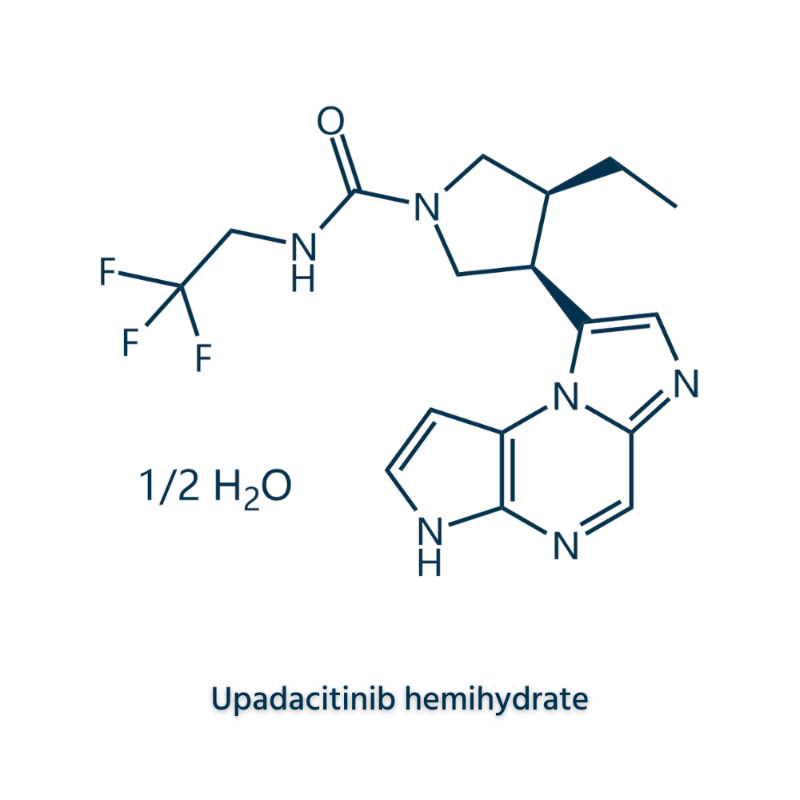-
Categories
-
Pharmaceutical Intermediates
-
Active Pharmaceutical Ingredients
-
Food Additives
- Industrial Coatings
- Agrochemicals
- Dyes and Pigments
- Surfactant
- Flavors and Fragrances
- Chemical Reagents
- Catalyst and Auxiliary
- Natural Products
- Inorganic Chemistry
-
Organic Chemistry
-
Biochemical Engineering
- Analytical Chemistry
-
Cosmetic Ingredient
- Water Treatment Chemical
-
Pharmaceutical Intermediates
Promotion
ECHEMI Mall
Wholesale
Weekly Price
Exhibition
News
-
Trade Service
Brain tumors are insensitive to both traditional and new treatments and may be related to the unique intracellular and microenvironments of nerve tissueTo that end, Cancer Research UK convened an international committee of experts to discuss the keys to overcome to treat brain tumours- Excerpted from the article chapter
(Ref: Aldape K, et alNat Rev Clin Oncol2019 Feb 7doi: 10.1038/s41571-0177-5)brain tumors are not sensitive to traditional and new treatments and may be related to the cellular environment and environment within nerve tissueTo that end, Cancer Research UK convened an international committee of experts to discuss the keys to overcome to treat brain tumoursKenneth Aldape, Department of Pathology, Canadian Health Network University, and others summarize seven key points and corresponding responses, published online in Nat Rev Clin Oncol in February 2019Key 1:brain tumor research and treatment processes need to be redesignedAt present, the biological mechanism of brain tumors is not fully understood, and there is a disconnect between drug development and clinical trialsTherefore, an interdisciplinary collaborative research strategy should be established to break the current model of independent research between basic and clinical researcherskey 2:take full advantage of the results of neuroscienceEvidence suggests that brain tumors may occur in or evolve from neural stem cells However, of the approximately 320,000 neuroscience and 200,000 brain tumours retrieved from PubMed, only 6,000 contained both We should pay attention to and increase the research funding of these two parts at the same time, and ultimately benefit patients key 3: understand the microenvironment of brain tumors and their role in treatment In addition to containing a large number of malignant tumor cells, brain tumor tissue usually has immune, vascular and benign cells, and these cells interact with malignant tumor cells, and affect the occurrence and development of tumors The biological mechanisms of brain tumors associated with immunology and the blood-brain barrier and their impact on treatment measures need to be identified key 4: more preclinical research models need to be developed At present, the model established by in vitro culture or subcutaneous tumor transplantation is quite different from that of the brain-in situ tumor, especially the lack of blood-brain barrier Most mouse-borne tumor models perform only a single treatment, while patients with clinical brain tumors receive complex and multiple treatments; critical 5: tumor heterogeneity causes difficulty in drug treatment There is growing evidence that the idea that brain tumours are single-gene or monoclonal is wrong Therefore, a comprehensive genome mapping, including single-cell sequencing methods, is necessary before, during and after treatment to identify therapeutic targets key 6: develop brain tumor therapy drugs in accordance with precision medicine principles The genome classification of brain tumors can improve the accuracy of diagnosis Because of the heterogeneity of tumors and the limited number of tumor tissue specimens available for analysis, brain tumors are accurately diagnosed using more advanced neuroimaging techniques, such as 13 carbon-super-polarized magnetic resonance imaging, and auxiliary methods such as radiological genomics and cellless DNA sequencing from plasma or cerebrospinal fluid At the same time, through machine learning, artificial intelligence or other mathematical calculation methods, the research data is continuously, iterative and integrated analysis, and the treatment of brain tumor patients is completely improved key 7: for less invasive brain tumors, or can be reduced for treatment Forward-looking functional prediction, patient self-reporting assessment, and innovative risk prediction are effective ways to prevent and improve adverse reactions caused by long-term treatment Genetic polymorphism and somatic cell genomic characteristics can also predict the risk of intellectual impairment or hearing loss after treatment.







